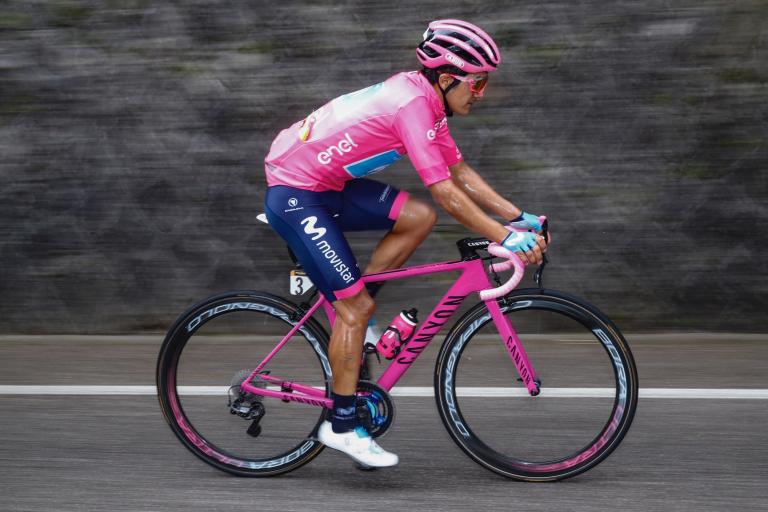Curious about your therapist's reasoning, because there's only one therapist who's also a bike fitter whom I aware of, and he's nowhere near you. The relationship of a person to a particular bike fit is not obvious.
The reason I'm a little uneasy about this is because the more vertical the back, the greater the shock loadings on it. Back comfort is really the reason for the traditional road position, not aerodynamics as is mistakenly assumed. MTB riders use the same position. The forward-leaning position puts the back in flexion rather than compression. If flexion, not compression is your therapist's worry, then fine. Do what you have to do.
If that, go with the new carbon fork. Have a bike shop advise you on its purchase and install it for you. Then any errors are on them and not financially on you. I'd say keep the bars and shifters and move them around with the combination of spacers on the fork and a different stem. Ask the bike shop about the spacers. It may be that you will be limited in how high you can raise the stem by the fork steerer's construction.
I would say another thing along that line. It's best to ride with the back almost straight in the usual road position. One rolls one's pelvis forward so that the back is straight or very nearly so, all the way from the top of the shorts to the back of the neck. This is by far the most comfortable once one gets used to it. However this may be exactly what your therapist doesn't want to do:
